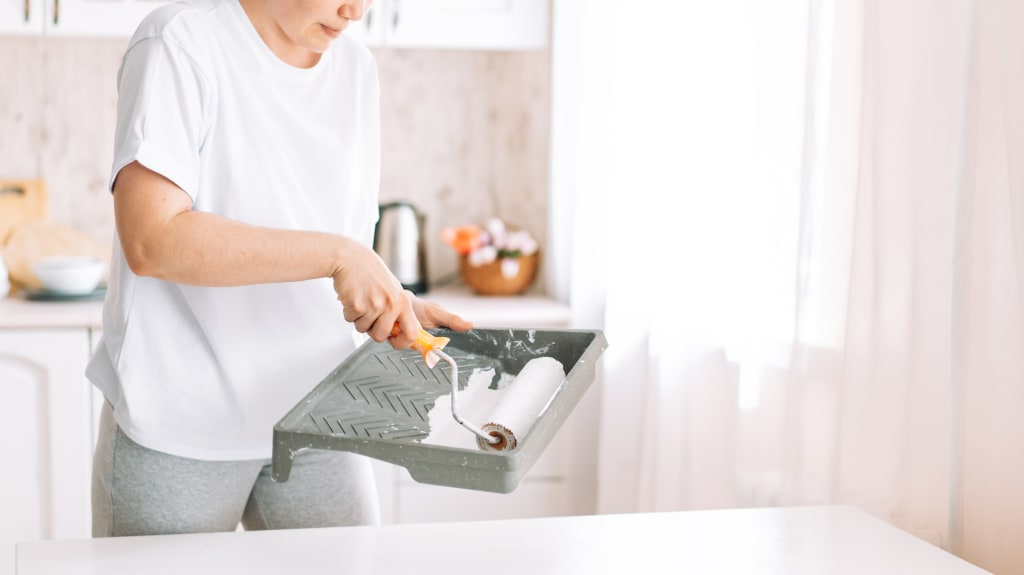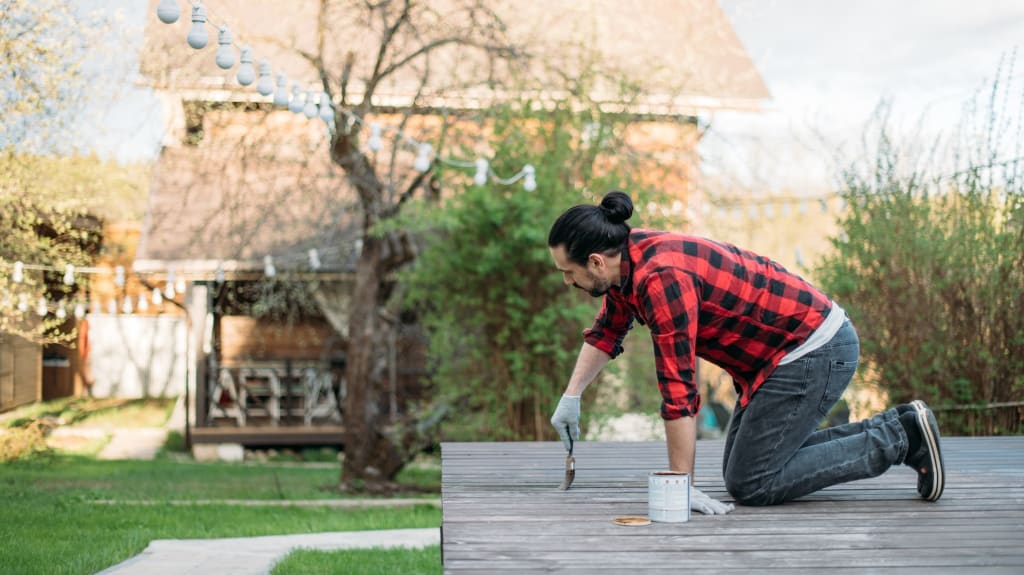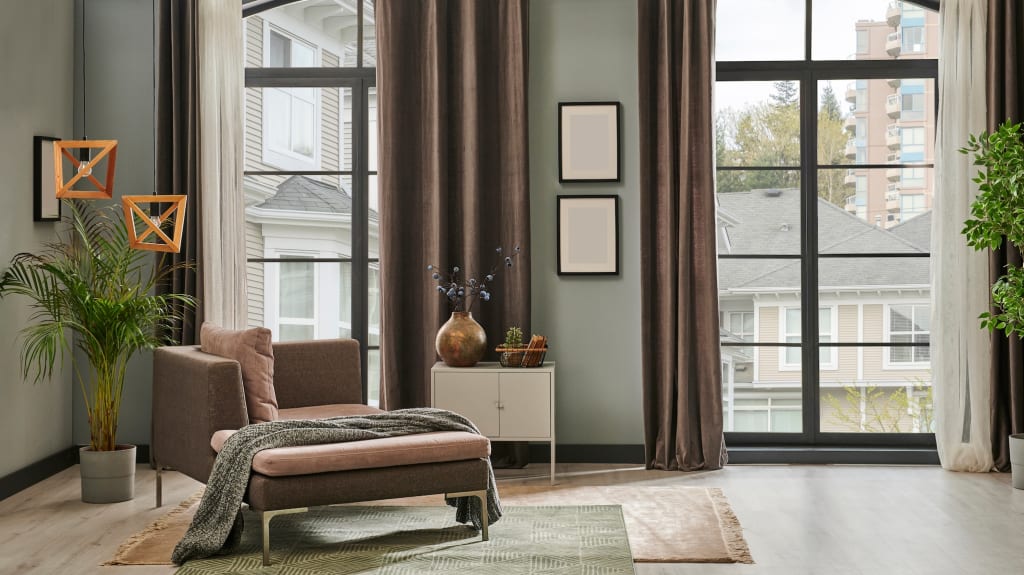Looking to spruce up some furniture or give your kitchen countertops a little love? Melamine paint could just be the answer to many of your renovation needs. Want to find out why? Just read on, and you'll see!
What is melamine, exactly?
Melamine is a chemical compound that's used in the manufacture of various products. It's often used as a coating for surfaces including plywood panels and medium-density fibreboard (MDF). Chances are, you'll find it just about everywhere in your home, including the kitchen drawers and cabinets and furniture you use for storage.
Melamine paint is a type of paint that's specifically designed to adhere to melamine surfaces. It should only be used on melamine surfaces as that's what it's designed for.
Why use melamine paint?

Melamine paint is the ideal choice if you want to give your furniture a fresh new look. It's a great way to take any DIY project to the next level. Not sure it's right for you? Here are some of the benefits of using melamine paint:
It's affordable
Want to freshen things up, but you're on a tight budget? Melamine paint is the perfect solution to revitalize your decor without breaking the bank. Although it can be more expensive to buy than other types of paint because it's a specialized product, it’s cheaper to give your existing furniture a facelift than to replace it entirely.
It's a quality product

Melamine paint has a reputation for being durable and scratch resistant. It adheres to hard-to-cover surfaces like kitchen cabinets and countertops as well as wood surfaces, such as shelves, desks, bookcases, and doors—and it covers them well. As a bonus, it's resistant to heat and humidity!
It's quick and easy to apply
Practicality is another plus point. Painting melamine furniture can be a simple and speedy way to repair surface scratches or give your furniture a whole new look. It's an excellent alternative to making a big change or an expensive purchase.
The results speak for themselves
When you decide to renovate a room, you want to feel good about the space when the job is done. Melamine paint has a smooth, glossy finish that gives your furniture the sleek appearance you're looking for. Try painting your cabinets and you'll see your kitchen in a whole new light!
6 steps for painting melamine surfaces

Not sure where to start? It's important to have the right tools and equipment on hand and follow these steps to apply the paint properly. Remember, you're aiming for a result that's flawless—and durable.
What you'll need
Tarpaulin
Mild detergent
Microfibre cloth
Paint roller and paintbrush
Sandpaper
Oil-based primer
Melamine paint
Varnish
1. Choose the right paint
The biggest question on your mind is probably: What's THE best paint for melamine? The paint you choose should be specially formulated for difficult surfaces like melamine. You'll need a high-quality paint that's acrylic-, epoxy- or urethane-based. Decide what kind of finish you're looking for (satin, matte or gloss), then check the label on the can to make sure it's the right product.
2. Remove door and door handles
You might be able to skip this step. However, if you're giving your kitchen cabinets an upgrade, you'll need to remove them. Make a note of what goes where so it’s easier for you to put things back in the right place when you're done. Then it's time to set up your workspace. Find somewhere with plenty of room to move around and lay an old tablecloth or tarpaulin on the floor to put things on. If you're painting kitchen cabinets, you can do the doors this way, but you'll have to paint the cabinets themselves in situ.
3. Make sure the surfaces are clean
For maximum adhesion, it's important to properly prepare the surface you want to cover. Remove any grease and residue with a microfibre cloth, mild detergent, and lukewarm water, then wait until everything is completely dry before proceeding.
4. Sand the surface
Get some fine sandpaper and sand the surface to help the paint adhere better. You could also use a sanding block or an electric sander. Test a small area of the surface before sanding the whole thing. Most importantly, take your time to achieve an even finish.
5. Apply primer and paint
Almost there! Apply the right primer with a paintbrush or foam roller. Always follow the manufacturer's instructions and allow the primer to dry before applying the paint.
Now, the moment you've been waiting for... Apply the paint to the surface you're covering. Allow the first side to dry, then wait 24 hours. Repeat as needed if additional coats are required.Do the same on the other side.
This might be a good opportunity to change or replace your cabinet or door handles. Just make sure they're the right size.
Finally, apply a varnish to seal the paint. This will not only protect the surface but also ensure the best possible finish.
6. Put the doors and handles back on
Not surprisingly, the final step is to put everything back in place. Step back and admire your dashing new kitchen! To complete your decor, see these superb dining rooms for inspiration.
Could your loved ones benefit from EspaceProprio's advice? Don't hesitate to share our content.




